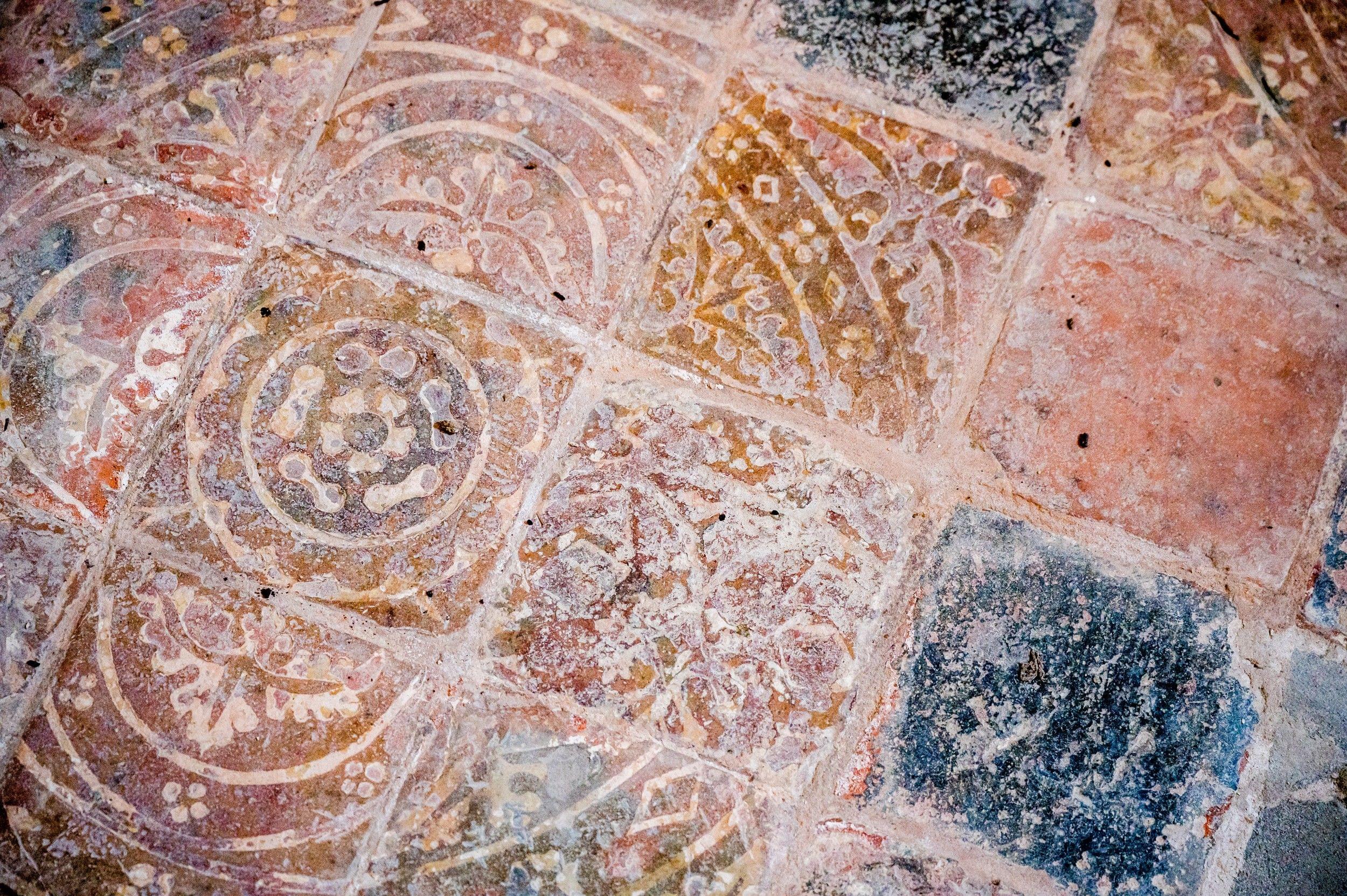St Andrew
Winston, County Durham
Late 12th / early 13th century church, on a Saxon site on top of hill with stunning view overlooking River Tees.

Though erected in the 13th century, the present structure is believed to occupy a Saxon site, as it is recorded that Edwine, a Northumbrian chief who became a monk, died in 801 and was buried in the monastery of Gainford in the church.
Gainford, County Durham
St Mary's consists of a nave, aisles, chancels and a square west tower that is open to the nave and supported by pointed arches, similar to the ones, resting on cylindrical pillars that separate the nave and aisles. This graceful arch is repeated in the opening to the chancel and in the three lancet stained glass windows at the east end.
During much need repairs in 1864, a number of pre-Conquest sculptured stones were found and placed under cover. Several fragments of fine Saxon crosses are also preserved, some of which are beautifully carved. Among the collection of ancient stones there is a Roman altar. Various grave covers, and other stones of later date, are built into the walls of the north porch.
The 13th century font has a tall wooden Jacobean style cover, and there are three medieval brasses in the chancel.
Winston, County Durham
Late 12th / early 13th century church, on a Saxon site on top of hill with stunning view overlooking River Tees.
High Coniscliffe, County Durham
This beautiful 12th century church, with 14th century spire, stands high above the River Tees.
Staindrop, County Durham
Thanks to the powerful Neville family this once humble Saxon church was altered and enlarged until it was completed at the end of the 14th century, which is the last time any major work was done on it.